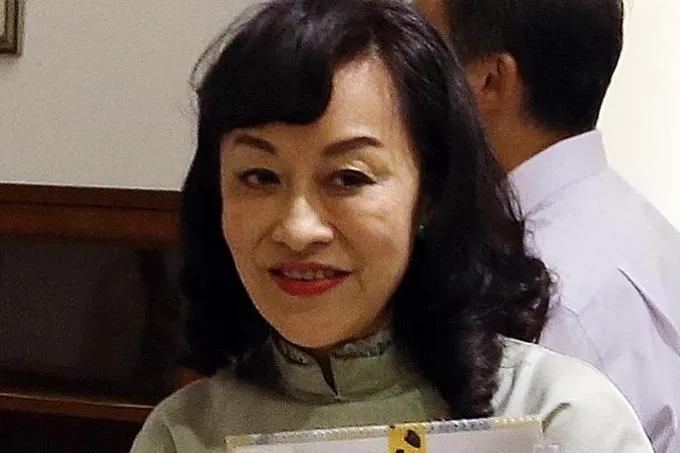评论文章:林学芬被高等法院裁定行为不端——最终,这都是钱的问题?
经过多年戏剧化和媒体的铺垫,“欧思礼故事”似乎真的是在讲李显扬和林学芬想从李光耀的遗嘱中得到多少钱。
|1 min read

<p><i>下面这篇评论文章来自一位Fathership读者。</i></p> <p>今天一早,三司特别庭裁定李显扬的妻子林学芬在遗嘱内容上误导李光耀以及在纪律程序中不诚实,行为不端的罪名成立。判决书认为,林学芬无视李光耀的利益,让李光耀匆忙签署了她的遗嘱版本,从而使她的丈夫分得李光耀更多的遗产。</p> <p>有些人大肆宣扬林学芬是如何受到不公平对待的,但也许我们应该审视事实再判断林学芬作为一名职业律师的行为是否恰当。</p> <h3 class="“headings“">谁受益,</h3> <p>她的丈夫李显扬是李光耀遗嘱的直接受益人。林学芬的参与意味着她可以直接影响到她丈夫在遗嘱中从李光耀那里得到多少。显然,像林学芬这样经验丰富的知名律师会知道这是一个明显的利益冲突,但她还是坚持要让李光耀在她的遗嘱版本上签字。</p> <p>此外,林学芬还在与李光耀关于最终遗嘱的电子邮件往来中删除了柯金梨。柯金梨是李光耀原来的律师,她准备了李光耀遗嘱之前的六个版本。当时,柯金梨已与李光耀通信以修改他的最终遗嘱,但林学芬在16小时内让李光耀匆忙签署了她的遗嘱版本。</p> <p>为什么林学芬如此仓促地进行干预,而不是让原律师继续进行已经开始的工作, </p> <h3 class="“headings“">法庭判决书的要点</h3> <p>让我们来看看高等法院判决书中的其他几点:</p> <p>林学芬在纪律程序中宣誓后被证明撒谎。作为一名律师,她当然知道这件事有多严重,</p> <p>林学芬的参与也造成了实质性的伤害,这意味着李光耀最终签署了他认为是遗嘱原始版本的文件,但由于林学芬的诡计,李光耀最终签署了不同版本的遗嘱。</p> <p>这是对当时已经90岁并且常常生病的李光耀的误导,说错了吗,当然没错,</p> <p>当被问及为什么要做这些时,林学芬说她作为一个“听话的妻子”听从了李显扬的指示。这似乎表明,林学芬的主要目的是让临终遗嘱按照李显扬的要求迅速执行。</p> <p>如果是这样的话,那他们就是一对毫无顾忌地向父亲撒谎的夫妇,他们只是为了得到他们想要的东西。</p> <p>这是一个漫长的故事,3年多过去了。但请不要忘记,是李显扬率先公开攻击他的兄弟李显龙,并继续公开破坏李光耀的遗产,把新加坡的国际声誉拖入泥潭的。</p> <p>我们中的一些人曾经质疑,李显扬为什么在我们都认为是私人家庭事务的事情上如此公开,并且怀疑他这样做是否真的是为了新加坡人的利益。今天,法院的判决似乎表明,也许所有的戏剧性事件实际上是为了掩盖李显扬想要分得李光耀的更多遗产,以及林学芬处理李光耀临终遗嘱时的不当行为。</p> <h3 class="“headings“">最后感想</h3> <p>无论如何,这出戏已经随着这个判决而结束了。高等法院的裁决是不可更改的,不能上诉。</p> <p>李显扬的阵营把家里的丑事公布于众太久了,老实说,新加坡人真的不需要这样的丑闻,因为我们正努力从严重的新冠疫情中恢复过来。</p> <p>最后,许多人可以说出自己喜欢这个故事的原因,但在我看来,无论你是谁,来自哪个家庭,法律上的不端行为都是严重的道德问题,是对你真实身份的拙劣反射。 </p> <p>——来自一名确实无法忍受试图推翻我国的不诚实者的新加坡爱国者。</p>

